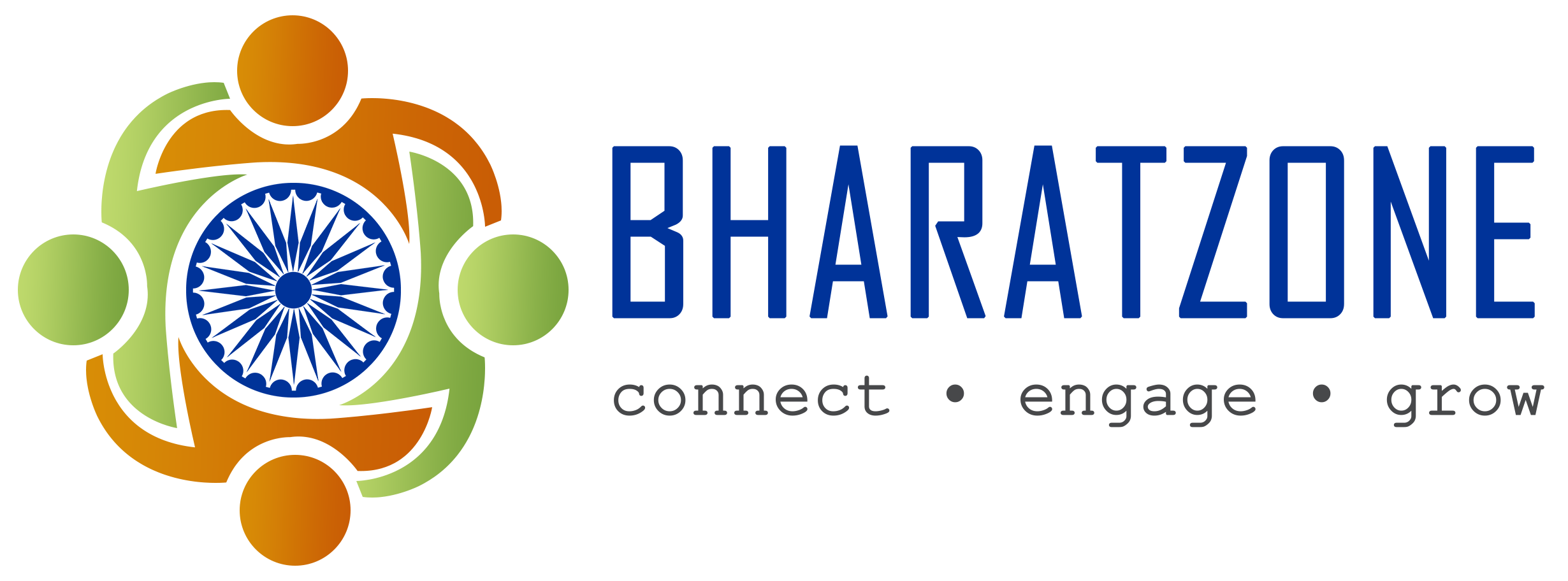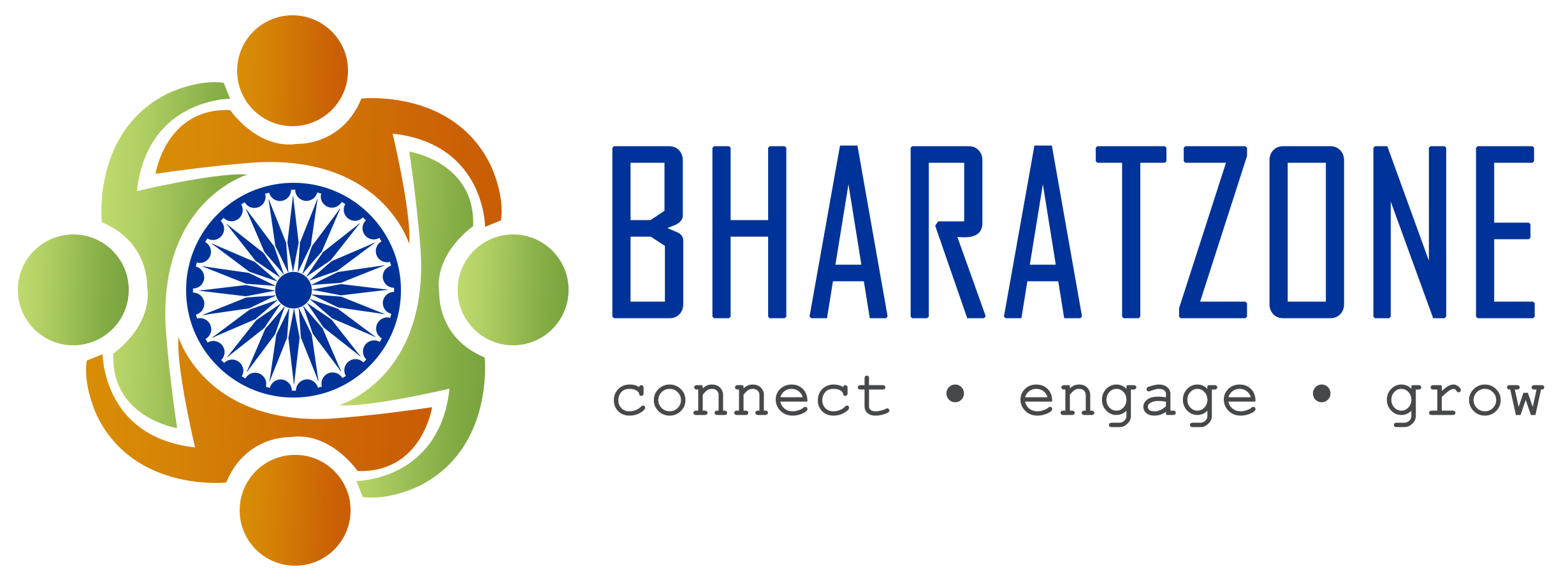The food industry needs help maintaining effective pest control measures. Incidents of pests, such as dangerous spiders in bananas or rodents in chocolate bars, can quickly make headlines and tarnish the reputation of even the most well-established companies. These incidents often reflect a broader trend - the industry's struggle to implement sustainable and effective measures to protect against food product contamination.
Regulatory landscape and compliance
Pest control in the food industry is not just a matter of meeting internal standards, but a complex web of regulations also governs it. Legislation covering areas like environment, health and safety, animal welfare, wildlife, and agriculture all shape the requirements for effective pest management. Food operators must implement adequate measures to prevent animals and pests from causing contamination. This includes keeping records of pest occurrences that may affect product safety and properly managing food waste, which can serve as a breeding ground for pests.
Shift towards preventive pest management
The introduction of the Food Safety Modernization Act (FSMA) has prompted a shift in the industry towards a more proactive, preventive approach to pest management. Pest control is now a required element of the food safety plan, moving it beyond just guidance and into the realm of current Good Manufacturing Practices.
Facility assessment and continuous improvement
A wise first step in implementing effective pest control is conducting a facility risk assessment. Analyze the whole plant environment, including material storage areas that attract various pests depending on the products. Outsourcing to experts like Commercial Pest Control in Sacramento for developing an integrated pest management program tailored to each facility can greatly aid in this process.
Be proactive
Identifying and addressing potential risk factors for pest activity is crucial. Proactive measures, such as sealing entry points, removing potential nesting sites, and maintaining good housekeeping practices, can go a long way in preventing pest problems. Employees should be trained to recognize and report any issues, such as structural vulnerabilities or sanitation problems, that could contribute to pest infestations.
Understanding pest biology and behavior
Familiarizing yourself or your team with the feeding habits, life cycles, and other characteristics of common pests can greatly aid in developing effective prevention and control measures. Eliminating the resources pests need to thrive, such as food, water, and shelter, is a fundamental principle of Integrated Pest Management.
Consult expert services
The use of devices like insect traps, electric fly killers, and bait points can be valuable components of a comprehensive pest control strategy. However, the appropriate selection and placement of these tools require expert guidance to maximize their effectiveness.


